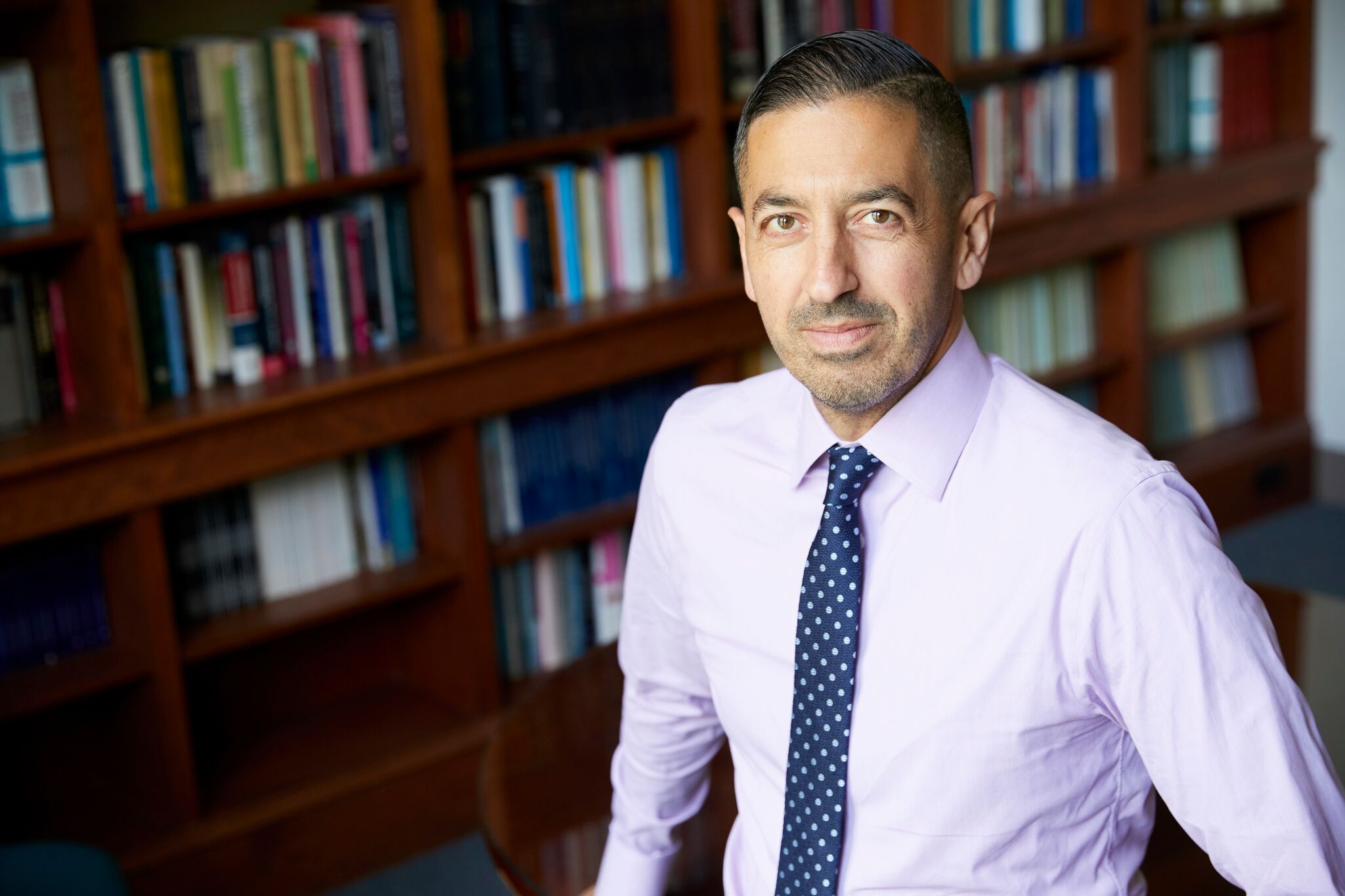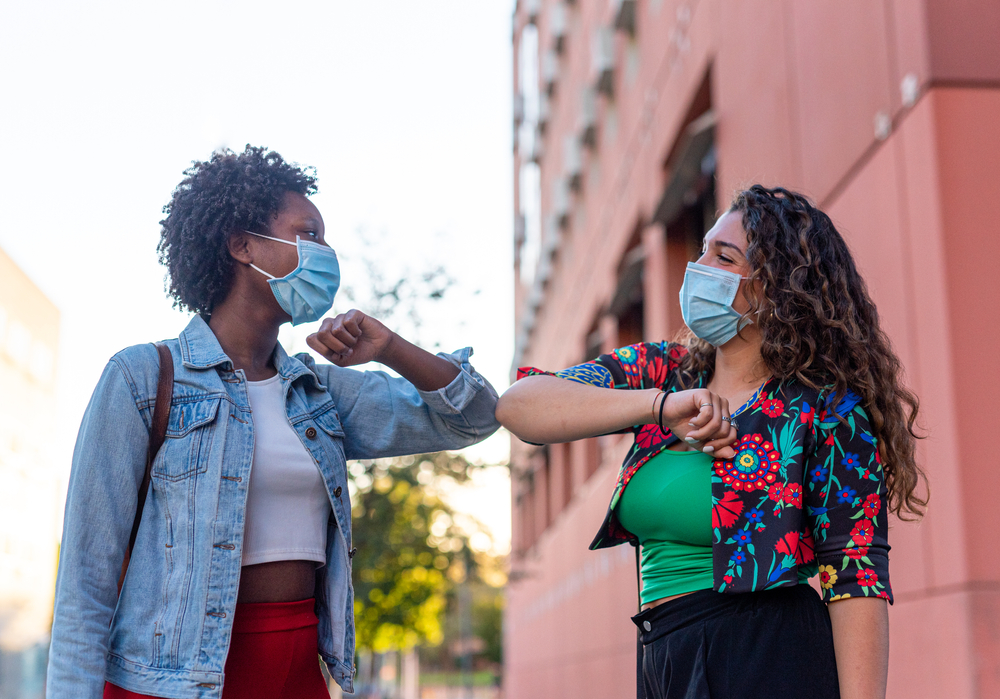This piece was first posted on Substack. To comment, please go there.
In his inaugural address, President Joe Biden used the word “unity” eight times. Unity has been a consistent theme with him since the days of his presidential campaign, when he frequently spoke of his intent to bring Americans together. Politicians often tout the virtues of unity, but Biden’s message took on special resonance during the Trump years. The former president’s willingness to lean into divisiveness as a political strategy—even, it sometimes seemed, as a form of recreation—made Biden’s call for unity a marked, and ultimately winning, contrast to Trump.
As compelling as the idea of unity is, however, the reality of political division is hard to escape. Division has been a constant in our politics since the country’s earliest days. Accepting, then, that there will always be many sides to the American story, the question becomes: which side is public health on? We aspire to improve health by shoring up the socioeconomic foundations of our country and world. At the policy level, this means a stronger social safety net, regulation of harmful influences like guns, and laws which help redress historic injustice. At present, such policies tend to overlap with the goals of the political left. There are times, of course, when such goals are embraced by the right—as, for example, with the Trump administration’s work on criminal justice reform. And there are legitimate conservative approaches to the issues public health tackles. But, broadly speaking, public health is aligned with the left, and there is no sense dancing around this.
What does it mean for public health to be “on the left?” The answer to this question is not simple. Political alignment is tricky, taking on different meanings at different historical moments. Many of the positions which are currently mainstream on both the left and right were considered fringe ten, or even five, years ago. Rather than parse policy positions, I would like to look at the left more broadly, to ask a question: who is the left for? How inclusive, really, are our efforts to pursue a healthier world via a progressive political approach? I am addressing the issue of inclusivity because it is at the heart of public health. Public health aims to improve the health of populations—this is to say, of as many people as possible. Doing so means pursing policies which are maximally inclusive, supporting the health of everyone, taking special care for the marginalized, without neglecting the needs of the majority. At the same time, the effective pursuit of political goals requires the broadest possible coalition. So, inclusivity also matters in that we should always be asking how well our approach serves the creation of such a coalition. Finally, inclusivity is arguably a particular responsibility of the left, in keeping with its philosophical commitment to creating a world free of exclusion.
Inclusion has only grown more central to the left in recent years, as we have reached out to groups which have been marginalized in the US, such as communities of color, immigrants, and the LGBTQ community. What is more, while the Trump years saw little in the way of policies benefitting these groups, it did see a shift in the progressive conversation, as the left became more explicit and ambitious in its goal of supporting these groups through structural changes to the country. All this is to the good. Yet it is worth asking: how inclusive has this approach been, in practice? How has the public—and, in particular, the marginalized groups core to the left’s political project—responded to the progressive call?
The results of the recent presidential election suggest some interesting answers. According to exit polling, Trump won the highest percentage of nonwhite voters of any Republican presidential candidate since Richard Nixon, and doubled his 2016 support among the LGBTQ community. The reasons for these shifts are likely complex, and merit exploring elsewhere at length. But it is worth reflecting here on the fact that these shifts occurred among these groups in the context of a progressive movement more focused on these communities, arguably, than ever before. We may even consider the possibility that it was, in part, the tone of the progressive conversation around issues affecting marginalized communities that, ironically, may have played a role in driving a greater share of those communities out of our coalition. At the very least, the results of the last election should cause us to think deeply about our efforts towards inclusion, and their practical political effects.
Of course, we may well take the election data another way, as an argument against inclusion, particularly inclusion of those who may not share all, or any, of our political views. It is easy to take marginalized groups swinging to Trump as evidence that intolerance is insidious and widely internalized. It is also worth keeping in mind what is happening on the other end of the political spectrum. “Why should the left reach out,” we might well ask, “when the right is in thrall to conspiracy theories, accepting of bigotry, and regards the Capitol insurrection as a useful public service? It is one thing to turn the other cheek when all we face is a slap, but what about when we see brass knuckles flashing our way? Is it not better to put up our guard rather than open our arms?”
These are compelling points. I would only say in response that if we truly believe the progressive project is worthwhile—if we are serious about the policies that shape a healthier world—we have no choice but to advance an inclusive movement. This does not mean compromising our principles—the changes that will get us to a healthier world remain radical, structural. Yet there is a difference between pursuing radical goals and doing so with the ideological rigidity and hectoring tone radicalism can entail.
Now, some may argue that real change is, of necessity, radical. But consider the $1.9 trillion American Rescue Plan Act. The package represents the most radical reorientation of US policy in a least a generation, codifying an approach to government for which progressives have long agitated. And it was advanced, with striking speed, by the administration of Joe Biden, a man long characterized as the classic moderate. One could say, of course, that President Biden is only taking these steps because he is being pushed by an energetic, activist left, and this is likely true, in part. But it is not the whole story. Robert Caro, the great biographer of Lyndon Johnson, has said:
“What I believe is always true about power is that power always reveals. When you have enough power to do what you always wanted to do, then you see what the guy always wanted to do.”
What President Biden is doing with his power is likely something he has had it in him to do all along. It is a matter of an individual, one human being, acting in accordance with his own unique worldview. I raise this point to suggest that true inclusion can best be understood in these terms, as matter of engagement with individuals, with the unique perspective and experience of each person. I tread carefully here, mindful that much has been done in the policy space in the name of individualism that is destructive to health. Yet it seems clear that whenever a political movement loses sight of individuals, it risks speaking and acting in ways that undermine the goal of inclusion. It takes effort to approach people as individuals, particularly in the realm of politics, where the pull of tribalism is strong. In many ways, it is easier to embrace a more exclusive left, where, despite our stated aims to the contrary, we become ever-more socially and ideologically homogenous. But such a movement cannot support a healthier world. Only a fully inclusive left, informed by the goals of public health, can build the bridges necessary to carry all of us into a better future.
By pursuing inclusion, we may even achieve the elusive goal of unity. As much as we disagree, everyone desires health; if there was ever an aspiration that could bring people together, it is surely health. In public health, we well understand the harm divisions can create, how they inform the health gaps which keep our society sick. To unite people around the common goal of health could help end the sickness of which we have seen so much. For this reason, we in public health have a special responsibility as we engage with the left to occasionally look beyond it, towards the aim of better health for everyone. This will require us to be generous in our embrace of others and to see past divides. There is a quote from Khaled Hosseini, “One is well served by a degree of both humility and charity when judging the inner working of another person’s heart.” This is, I think, a sound basis on which to engage with others, especially in an age when it has never been easier to object to what our neighbors think and say.
So, can we in public health lead the way? Can we show the world that it is better, healthier if we explicitly let go of always taking sides, because we know these divisions harm health? Until we can answer “yes” to these questions, we cannot be as effective as we must be in navigating this moment.


